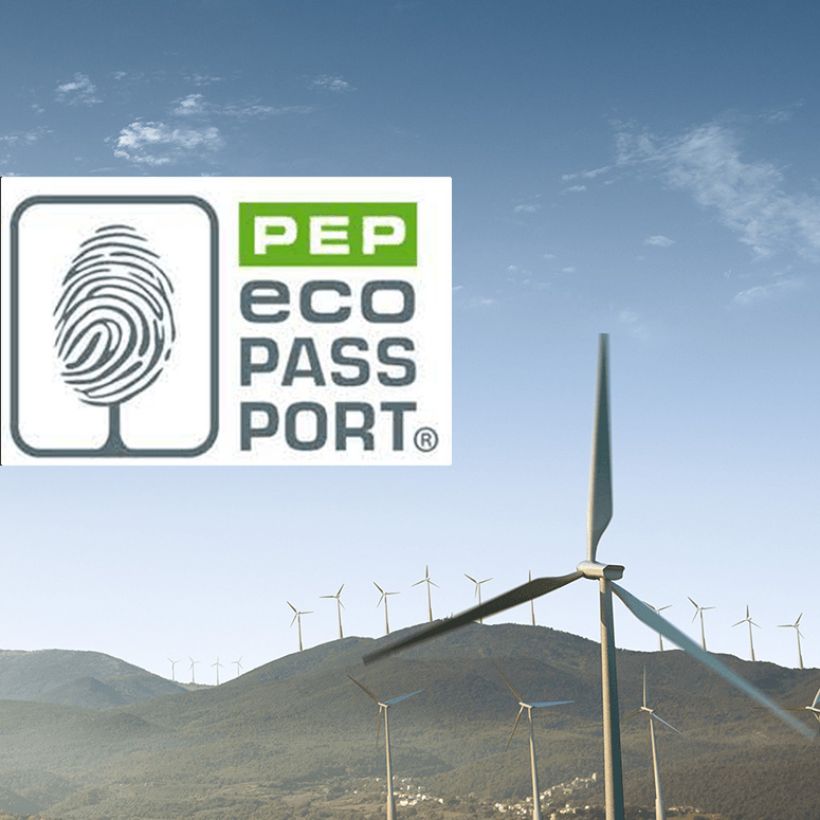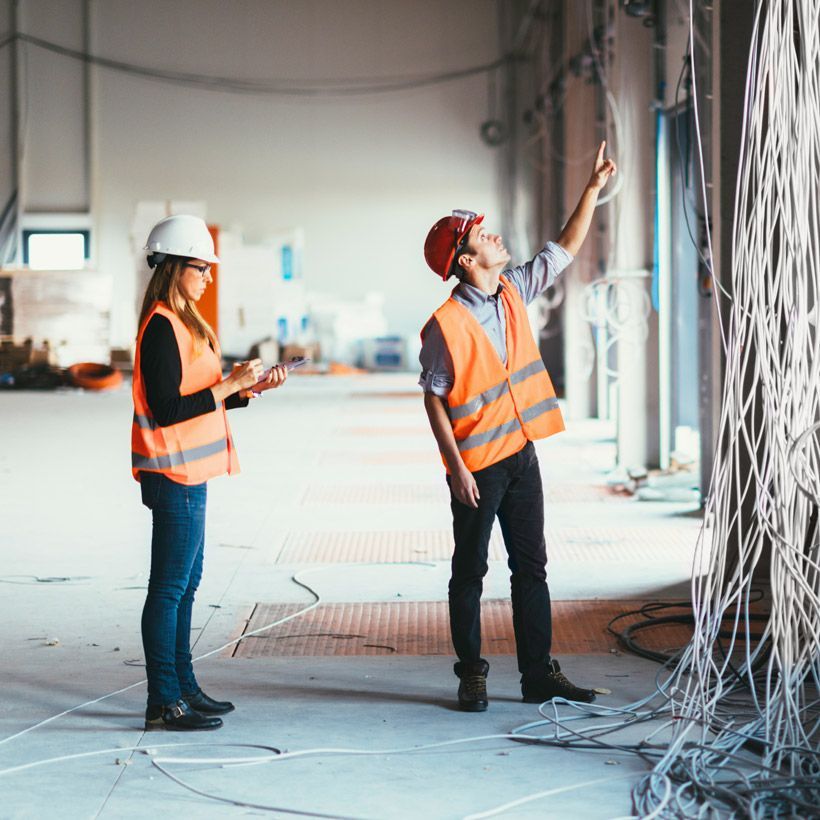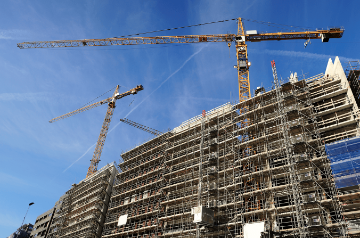- Products
- Markets
- Services & Tools
- Newsroom
- CSR
- Blog
- We are Nexans
- Search
- Contact us
- Compare
- Sign in
Innovation, a leverage point in the energy transition
As a global leader in cables and cabling systems, Nexans leverages its expertise and innovation to support the energy transition. Climate change is a major concern for the Group which is providing practical solutions upstream and downstream of its activities to reduce the carbon footprint of its products over their entire life cycle.

A more circular economy
Nexans has made the stimulation of the circular economy as one of its most important objectives. The aim of the circular economy approach is to limit the consumption of resources by implementing a closed-loop system for materials and resources:
- Increasing the use of recycled materials in products from external or internal sources;
- Reducing the quantity of raw materials used in products;
- Providing recycling services to customers;
- Providing insight into the environmental impact of products through life cycle assessments (LCA);
- Using ecodesign standards for (re)development of products;
- Prolonging the life span of products and offering better recycling solutions.
In collaboration with customers, Nexans contributes to a sustainable economy.

Our innovation hub in Lyon dedicated to decarbonized electrification
The 6,000 m² site, which includes 4,500 m² of laboratories, brings together around a hundred experts in electrical insulation performance with eight different nationalities. They develope materials with a reduced environmental impact, cable systems that limit fire risks, and digital solutions for monitoring electrical networks.
At AmpaCity, Nexans is inventing new, efficient, sustainable, and recyclable materials to accomplish envisaged environmental objectives. The Group has made a firm commitment to recycling 100% of its production waste by 2030, while increasing the quality, properties, and longevity of the materials used.
Copper, non-ferrous metals
Nexans is committed to maximizing the amount of recycled copper used in its cables, particularly through its vertical integration in the copper metallurgy. This industrial benefit contributes to the global reduction of the Group's carbon footprint and the preservation of the natural copper sources.
Read more about recycling of raw materials on our page about Practical sustainability.
Since 2024, our foundries in Montreal (Canada) and Lens (France) have been certified by Copper Mark, a global organisation that strives to ensure responsible and sustainable production practices in the copper industry. This is specifically aimed at reducing CO2 emissions, limiting energy consumption, and the use of cleaner extraction methods. Our facilities have been assessed on 32 international sustainability criteria in relation to social, environmental and governance standards.

share of Nexans revenues generated by products and services contributing to the energy transition and energy efficiency by 2023
TOTAL PRODUCTION WASTE RECYCLED IN 2023
regulated substances affected by substitution programmes
Eco-design and data transparency
Eco-design is the process of designing products and services in a way that minimizes their environmental impact throughout their entire lifecycle. Nexans implements eco-design at 3 levels:
- A qualitative approach, taking successive stages of the life cycle into account;
- A global and quantitative approach based on life cycle assessments in accordance with ISO 14040 and 14044;
- By performing life cycle assessments (LCA) that provide transparent data of the environmental impact of the design options made.

Thanks to an extensive digital transformation process, all our factories are being modernised. New techniques, like the Internet of Things (IoT), the cloud, AI data analysis and self-learning equipment are being integrated and thanks to modern communication methods, we work on facilitating real-time decision-making and improving the quality, response time and time-to-market.
Our approach of Industry 4.0 is in compliance with the E3 management model, with particular attention to sustainability, by producing more energy-efficient, reducing waste and using more sustainable energy with smart solutions.
Product life cycle assessment (LCA)
Nexans has over 15 years of experience in conducting life cycle assessments. These assessments help Nexans to identify areas where products can be improved to reduce their environmental impact, by replacing primary raw materials with secundary raw materials (like recycled copper) for example.
In conducting these LCA's, the Group assesses the environmental impact of the products across all stages of their life cycle, covering every stage from the extraction of raw materials used in their composition to scrapping or recycling, and also covering manufacturing, distribution, installation and use in the process.
PEP EcoPassport® - an Environmental Product Declaration
Nexans processes these results in a PEP EcoPassport®, an independant organisation with of which Nexans is a founding member. This programme complies with ISO 14025 on type III environmental declarations which provide the results of the product’s environmental impact assessment.
The PEP is based on:
- The internationally recognised CML method for calculating LCAs, the indicators of which are compliant with the standards of EN15804 and include 9 environmental indicators (including global warming, scarcity of resources, water and air pollution) and 18 indicators for monitoring energy and water consumption and the reduction of waste, etc.;
- A methodology based on the ISO 14040 series of standards which define the principle, framework, requirements and guidelines for good LCA practices;
- Product category rules according to ISO 14025, defined in partnership with other electrical and electronic equipment manufacturers.
This is the environmental identity card for its products which Nexans has made a cornerstone of its CSR strategy. The PEP EcoPassport® programme is a method for measuring the impact of a product on air, water, soil and natural resources throughout its life cycle. PEP EcoPassports® are used by public and private developers and consultants involved in the design of sustainable buildings (like BREEAM). To date, Nexans has registered PEP EcoPassports® covering a large part of their Dutch product references.

Extending the life cycle of products and re-thinking their end-of-life
Nexans’ products which, by their very nature, are associated with sustainable infrastructures, have long life cycles, in the order of several decades. This characteristic means that the subject of their obsolescence is not very relevant to the Group and yet it is nevertheless working to improve the sustainability of its products in order to further minimize their environmental impact.
Through its Innovation and Technology department and in collaboration with universities and market players, Nexans conducts a wide range of tests to measure, improve, and assess the lifecycle of materials used in the production of finished cables, in accordance with product standards.
Thus, each cable has its own ageing protocol for measuring and estimating its longevity:
- UV, ozone and fluid resistance;
- Salt spray test;
- Thermal ageing;
- Electrical performance in alternating current or direct current at high temperatures, etc.
As part of the circular economy approach, Nexans – a recycling pioneer in the sector – is offering its customers and partners the “Recycling services” offer, a complete solution for recovering and eliminating copper or aluminium cables.
Learn more about this:

This on-line application, developed by Nexans for everyone involved in the construction of “green” buildings, enables customers to select cables based on their environmental and economic impact according to three criteria:
- energy efficiency: with energy savings in KW h and euros throughout the entire life cycle of the installation;
- reduction of CO2 emissions: how to minimalize the CO2 emissions by choosing a different cable;
- personal safety: with a halogen-free alternative, if available, for greater safety in the event of fire.
Direct Current Renaissance
Direct current (DC) can play an important role in sustainability. High-voltage direct current (HVDC) is already widely used for long-distance transmission. This technology requires less material, as only two conductors are needed instead of three for alternating current (AC). Additionally, electrical losses are lower because only active power is transmitted. This results in a smaller ecological footprint and lower costs, which is crucial as more and more offshore wind farms are connected to the grid.
In local medium-voltage and low-voltage networks, alternating current (AC) still dominates. However, the decentralization of the energy market, with an increase in rooftop solar panels and battery storage, has introduced a new dynamic. These energy sources operate on direct current (DC), as do many devices in buildings, such as smartphones, LED lighting, and electric vehicles. Currently, these devices are powered via adapters that convert AC to DC, while solar energy is converted back to AC through inverters. Will DC microgrids be the next step in further sustainability?

Aurora, the flagship of the Nexans fleet
Launched in June 2021, the Aurora is designed to operate in shallow waters not far from the coast, and also to take part in offshore operations. This DP3 cable laying vessel is the most technologically advanced ship in its class. It offers sustainable operational solutions in terms of its silent operation, fuel, energy production and the use of quayside electricity. It can support 10,000 metric tonnes of cable and is equipped with advanced instruments for transporting, laying and protecting cables.
In the meantime, the construction of a new cable laying ship has started, the Nexans Electra. According to the plan, the build of this ship will be done by 2026.
The flagship of the Nexans fleet:
Nexans Aurora
Our websites
Select your country to find our products and solutions
-
Africa
- Africa
- Ghana
- Ivory Coast
- Morocco
- North West Africa
- Americas
- Asia
- Europe
- Oceania

